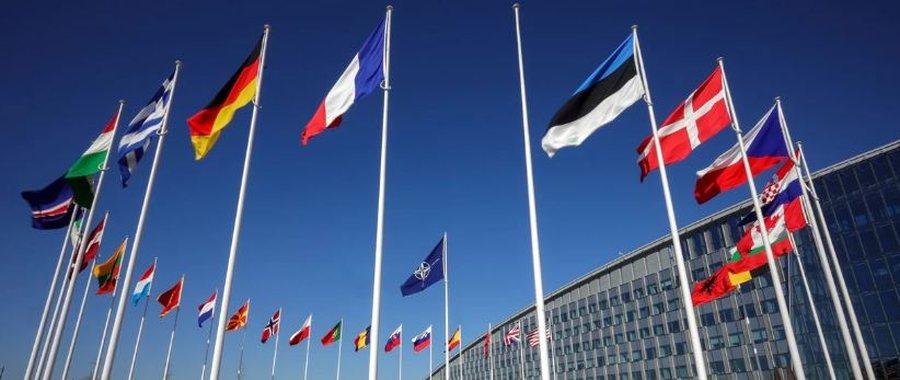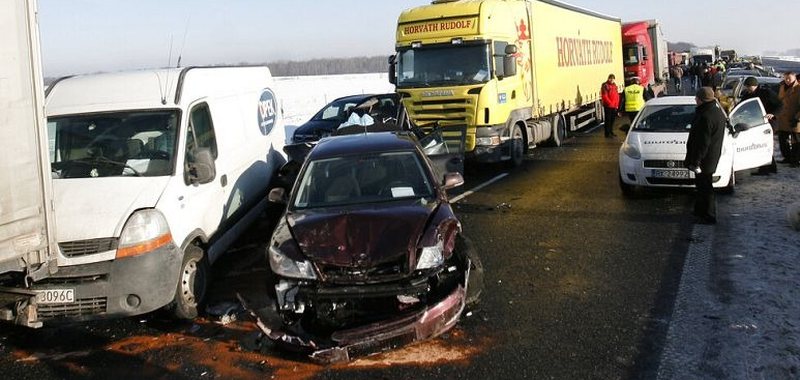Defense spending between NATO and rivals - How do the Western alliance countries rank with Russia and China?

Before the annual NATO summit began this week, allies agreed to increase their defense spending to 5% of gross domestic product (GDP) by 2035. However, achieving this goal is another matter and a difficult one.
The 5% figure is made up of 3.5% of GDP that should be spent on defense exclusively, and an additional 1.5% of GDP that will go to security-related infrastructure, such as cyberwarfare capabilities and intelligence services.
The Western military alliance's decision on June 22 - when NATO ambassadors reportedly agreed in principle to a compromise text on increased spending - suggests that member states are willing to accept, at least publicly, Washington's demands that allies make their own contribution when it comes to defense and security.
But a chart, based on NATO estimates of members' defense spending in 2024, shows how difficult a 5% target will be for the 32 member states, with some still struggling to meet the 2014 pact to spend 2% of GDP on defense.
Defense spending has long been a difficult topic for NATO members and a constant source of discontent for US President Donald Trump, who demanded that allies double their spending targets from 2% to 4% of GDP as early as 2018, in his first term. However, defense spending has increased significantly among NATO members since then. At that time, and perhaps at the height of the White House leader’s irritation with the bloc, only six member states met the 2% target, including the United States. But times have changed; by the end of 2024, 23 members had reached the 2% threshold, according to NATO data.
However, while some others have far exceeded that target - such as Poland, Estonia, the US, Latvia and Greece - major economies, including Canada, Spain and Italy, have remained below the 2% contribution threshold. No NATO member has yet reached the 5% spending target, and some are likely to fall further behind.
Spain has already insisted against increasing spending, with Prime Minister Pedro Sanchez declaring that Madrid would not have to meet the 5% target, as it would only need to spend 2.1% of GDP to meet NATO's main military requirements.
“We fully respect the legitimate desire of other countries to increase their defense investments, but we will not do that,” Sanchez said in a speech on Spanish television. Last week, Sanchez was reported to have called the increase not only “irrational, but also counterproductive.”
Italy is another country that could struggle to meet the 5% target. In May, the government announced that it had just reached the 2% threshold, while Italian Defense Minister Guido Crosetto questioned the alliance’s relevance, declaring that NATO “as it is, there is no longer any reason to exist.” Meanwhile, Canada has said it will meet its 2% target by March 2026, having previously said it would meet the target by 2030.
Even countries that are sticking to the 5% target, such as Germany and the United Kingdom, which say they are in favor of growth, may find it difficult to achieve, given the economic pressures at home. Britain has reportedly requested a three-year extension of the deadline for increasing the budget to 5%.
Some other countries are ahead when it comes to increasing spending. Poland, on the alliance's eastern flank and concerned by Russia's ongoing war in neighboring Ukraine, says it is already on track to spend 5% of GDP on defense.
In recent years, Poland has significantly increased its defense spending and stands at the top of NATO countries, at 4.1% of GDP.
Meanwhile, Estonia, which also shares a border with Russia, has adopted a defense investment program that is expected to increase its annual budget to an average of 5.4% of GDP from 2026 to 2029.
Albania, meanwhile, is among the countries that have achieved the target set in 2014 for defense spending of 2% of Gross Domestic Product. Meanwhile, at the Hague summit, Prime Minister Edi Rama said that he discussed with NATO Secretary General Mark Rutte the major investment in the New Port of Durres, where NATO will be engaged in the construction of a military terminal.
NATO countries spent over $1.3 trillion on basic defense in 2024, up from about $1 trillion a decade earlier at constant 2021 prices. If NATO countries had spent all 3.5% of GDP on defense last year, that would have amounted to about $1.75 trillion.
Moscow's ongoing war in Ukraine, concerns about a possible future threat from Russia, and pressure from Washington have led many European capitals to increase defense spending and plan to increase it further in the coming years. Europe is also preparing for the possibility that the United States will withdraw some of its troops and capabilities from the continent.
But how does NATO's target compare to other countries' defense spending? The allies devote a much smaller share of their economic output to defense than Russia, but - taken together - they spend significantly more than Moscow.
Russia's military spending increased by 38% in 2024, reaching about $149 billion or 7.1% of GDP, according to the Stockholm International Peace Research Institute (SIPRI).
China, which is the world's second-largest military spender, spent about 1.7% of its GDP on defense last year.
The uneven geographical distribution of military spending increases across European countries could cause friction between leaders. However, higher defense spending will in any case only address part of a deeper challenge to the transatlantic relationship, with disagreements over military burden-sharing, trade deficits and China policies also threatening relations between the allies.


Germany to raise minimum wage - Decision aims to fight poverty and improve living conditions
Germany will raise the minimum wage in the coming years, dividing the process into two phases. The move is aimed at fighting poverty and improving living......

What is the maximum temperature the heart can withstand? - Hot summer days "challenge" the functioning of the vital organ
Extreme temperatures, exacerbated by the climate crisis, pose a serious threat to human health. The human heart and body cannot cope with continuous heat......

How much does gold weigh in Albania's foreign exchange reserves? - It accounts for 4.66% of the total. Its value reached 316 million euros in May
As a result of the price increase in international markets, the value of monetary gold in Albania has also increased. The latest data from the Bank of......

Implementation of the pension agreement with Italy begins - Balla: Italian authorities, delays in application details. Does not affect the process
Starting tomorrow (July 1), the pension recognition agreement between Albania and Italy will begin to be implemented. All citizens who have reached......

Research highlights media problems in Albania - “Transparency in advertising revenues, DPT to analyze non-payments”
An initiative of the EU Delegation to Albania, carried out by the Council of Europe and the Department of Journalism and Communication, brought together......

Safety, intervention in several road axes - ARRSH opens tenders with a total fund limit of 587 million lek, here are the axes in 3 regions
With a limited fund of 587 million lek, the Albanian Road Authority plans to intervene in improving signage and road safety elements on some of the country's......

Germany plans to create Cyber Dome - Berlin asks Israel for help to strengthen digital defense
Germany aims to expand its partnership with Israel to strengthen cyber defense. Berlin plans to create a Dome to stop digital attacks from adversaries such......

Germans in Kosovo, Italians in Albania/ The geography of visitors between the two countries presents differences
Tourism has become one of the most dynamic and fastest growing sectors in the region, especially in recent years after the end of the pandemic. Albania and......





















